This is the second installment of Ed Boitano’s series on Pilgrimages. In the inaugural installment, Pilgrimages: Places I’ll Remember, Boitano covered Dylan Thomas – Laugharne, Wales, Antoni Gaudí – Barcelona, Catalonia, Frida Kahlo & Leon Trotsky – Coyoacán, Mexico and The Barbary Apes – Gibraltar. Now quarantined at home due to the coronavirus, Boitano is doing a lot of remembering these days.
Vincent van Gogh’s Final Days in Auvers-sur-Oise
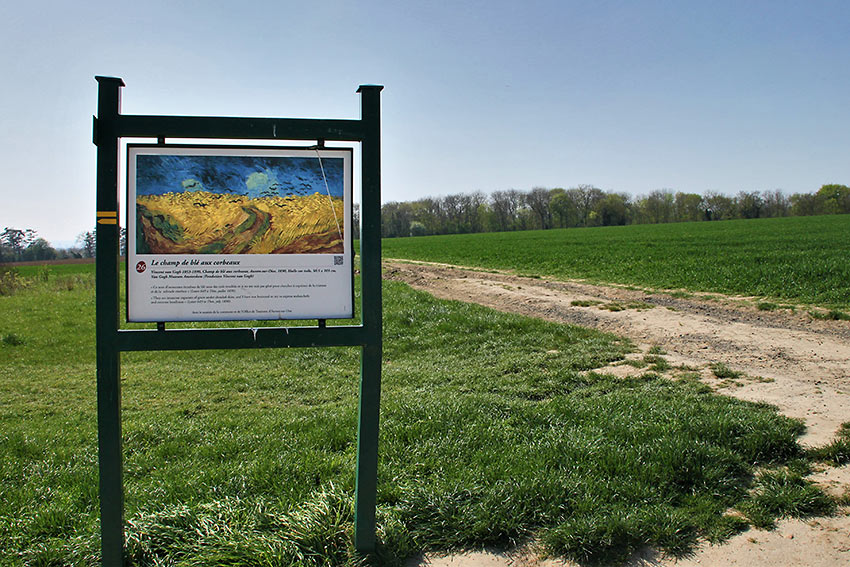
Ask the general populace to name a famous painter, and they’d probably say Dutch painter, Vincent van Gogh. Today his paintings command staggering purchase prices, with his Portrait of Dr. Gachet, painted the last year of his life in Auvers-sur-Oise, selling for 152 million dollars in today’s currency.
I finally caught up with up with van Gogh in the charming French village of Auvers-sur-Oise, just 16.9 miles by train and a world away from the riveting pulse of Paris. This is where Van Gogh spent the final two-month of his life; a period of intense prolificacy, creating over eighty, almost violent paintings, and 64 sketches. Many are considered masterpieces, such as Crows over Wheatfield, Portrait of Dr. Gachet and Church at Auvers. I had journeyed there to walk the self-guided Vincent van Gogh Trail. You simply follow the path where many of his works were painted, and then stop at posted landmarks, which feature a reproduction of one of his paintings, overlooking the exact place where he painted it. It’s mesmerizing; you actually see what he saw when painting one of his many landscapes or village streets. I was surprised that not one of Van Gogh’s original paintings was on display in Auvers-sur-Oise, but you can clearly feel his spiritual presence. You’ll see the modest village houses, the town hall and the church Notre-Dame-de-l’Assomption, pretty much unchanged since van Gogh painted them.
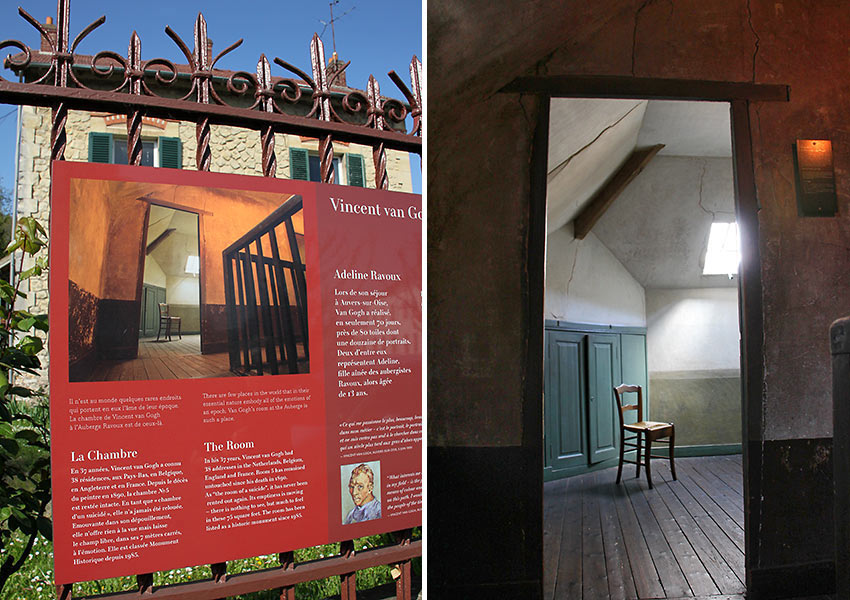
The pilgrimage continued with the much anticipated tour of van Gogh’s modest attic room in Auberge Ravoux where he died from a self-afflicted gunshot wound. Often called The House of Van Gogh, the room has remained vacant since his death; not because it was where van Gogh took his last breath, but due to the French superstition of never renting a room where someone has died. There was a sense of hushed reverence as our small group followed our guide up the sacred stairs. As we quietly assembled in the little room, I felt that I already knew this Spartan-like dwelling from Vincent’s paintings; which along with his quarters in Arles, is one of the most famous rooms in art history. But to see it, smell it and feel it in person moved me to the depths of my soul. Our guide gave a heartfelt account of Vincent’s last two days in the room; so heartfelt, that she actually wept.
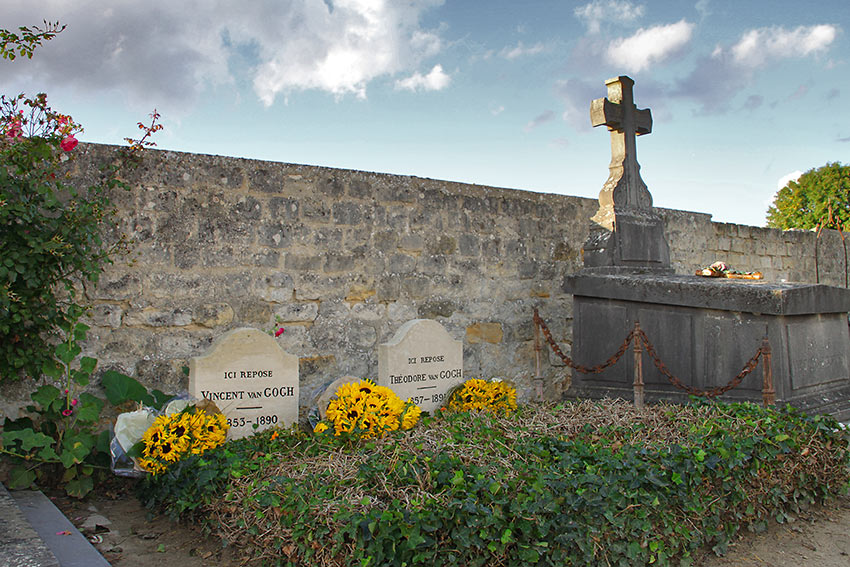
A final walk up a little hill leads to the cemetery where the unassuming graves of Vincent and his art dealer brother Theo, who had supported him most of his life, are buried side by side.
PISA – Leaning Bell Tower of Pisa
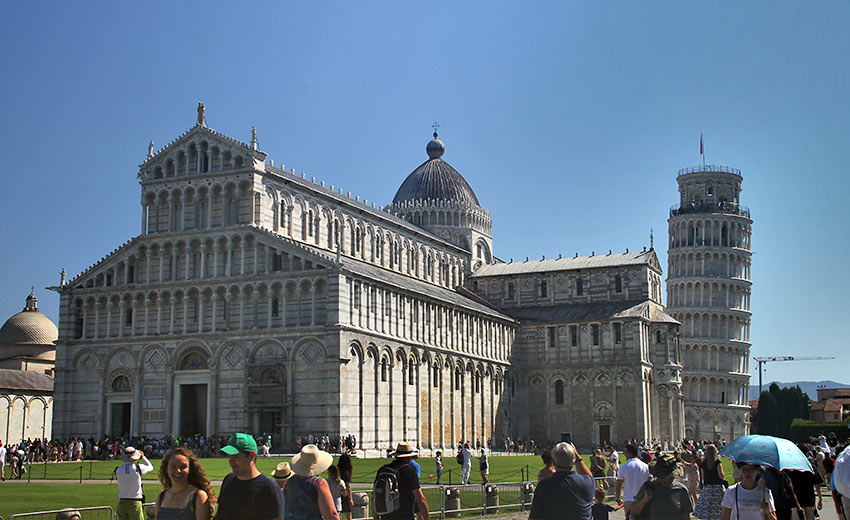
Yes, it really does lean. In fact, it started to lean during construction in 1178, before builders had even reached its third story. Over the next 800 years, it became clear that the 180 ft. white-marble cylinder wasn’t just learning, but was actually falling at a rate of 3 ft. per year. This was due to an unstable foundation of shifting soft soil, fine sand and shells – an engineering debacle flawed from the beginning – which could not properly support the structure’s weight. To compensate for the tilt, the next eight-stories were built slightly taller on the short side in an attempt to compensate for the lean. However, the weight of the extra floors caused the Romanesque-style tower to sink further and lean more. Because of this, the tower is curved. Numerous efforts throughout time have been made to restore the bell tower to a vertical symmetry. In 1964, the Italian government insisted on retaining the current tilt, due to the money-making role that the Tower played in promoting tourism to Pisa. Today, only groups of 30 are allowed inside at once, and are welcome to scale the 251 steps from the bottom to the top of the Pisa Tower. The Tower’s bells have long been silenced as their movements could worsen the lean of the bell tower further.
Throughout the years, we’ve all seen endless photos of the Leaning Tower, but to witness it in person was a monumental occasions. I was unaware that the Tower stands on a pristine green-expanse inside the medieval walls of the Square of Miracles. The piazza is also shared by the white marbled Cathedral of Pisa, the Baptistery – famous for its acoustics, demonstrated by singers daily – and Capuano Monumental Cemetery, made with 53 shiploads of earth brought back from the Hill of Calvary in Jerusalem.
Princess Grace in Monaco

In 1956, Monaco’s Prince Rainier III married Hollywood Royalty in the name of 26-year-old Grace Patricia Kelly. Her acting career and striking refined beauty had already made the daughter of a wealthy Philadelphia socialite family an international household name. She had appeared in John Ford’s Mogambo; The Country Girl, for which her deglamorized performance earned her an Academy Award for Best Actress in the otherwise dismal film; High Noon; and three Alfred Hitchcock masterpieces, Dial M for Murder, Rear Window and To Catch a Thief. Prince Rainier, always desperate for money, met with billionaire shipping tycoon, Aristotle Onassis, who suggested the prince find a Hollywood beauty to marry. Aristotle believed the added media publicity would attract more investment opportunities and make the principality a greater alluring destination for tourists. Rainier jumped at the idea. His first choice was Marilyn Monroe, who laughed at the thought, but did jokingly say, “Give me two-days alone with him and of course he’ll want to marry me.” A meeting was arranged with Kelly while she was in the Riviera filming the last stages of To Catch a Thief. It wasn’t love at first sight for Kelly, but the prince was relentless, initiating a long correspondence by mail, which eventually led to their marriage. Rainier received a two-million dowry from Kelly’s family for the union to proceed, insisted that Kelly take a fertility test, give up acting and banned the screening of all her movies in Monaco. The marriage was described as the wedding of the century. Following a long honeymoon cruise, Her Serene Highness Princess Grace devoted her life to raising three-children, and then founded the World Association of Friends of Children, based on her vision that every child, whatever their social, religious or cultural origins are, would have the capacity to live in dignity and security; and the Princess Grace Foundation, to support local artists and craftsmen. In 1982, tragedy struck when Princess Grace was driving her Range Rover down a steep road and suffered a minor stroke. She lost control of the vehicle which violently plunged 120 feet off a cliff.
Princess Grace passed away the next night. Her death was a shock to the entire world, and her funeral, like that of Princess Diana, was watched by millions of people around the globe. With the death of Rainier in 2005, Prince Albert II assured the succession of the over 700-year-old House of Grimaldi.










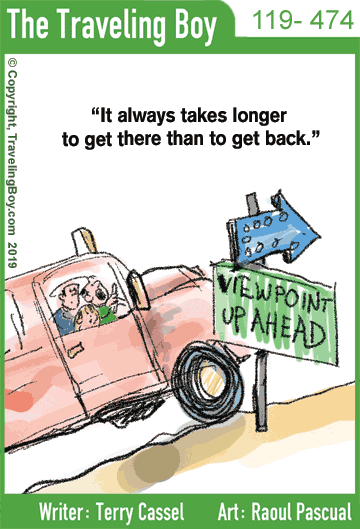














tony chisholm
March 28, 2020 at 6:48 am
Hi Ed
Enjoyed your article. Hope all is well with you and Deb. Like everyone we’re stuck at home here in Niagara but are making the best of it. If I’m not mistaken, Deb should be almost retired by now- please say hello.
Barb and I visited Niagara Falls 2 days ago and it is plain spooky to see it totally empty. 1/2 million visitors have simply disappeared and the border is closed.
Will send photos
Take care and stay healthy.
Tony
The Real Person!
The Real Person!
April 7, 2020 at 7:39 am
Thanks for the kind words & update, Mr. Chisholm – Glad to hear you & Barb are well. Eerie indeed. We notice the lack of freeway noise. I’m doing ok – used to home office – but Deb is going stir crazy. She still insists upon working at healthcare clinic twice a week.
Yes, take care and stay healthy!
Ed